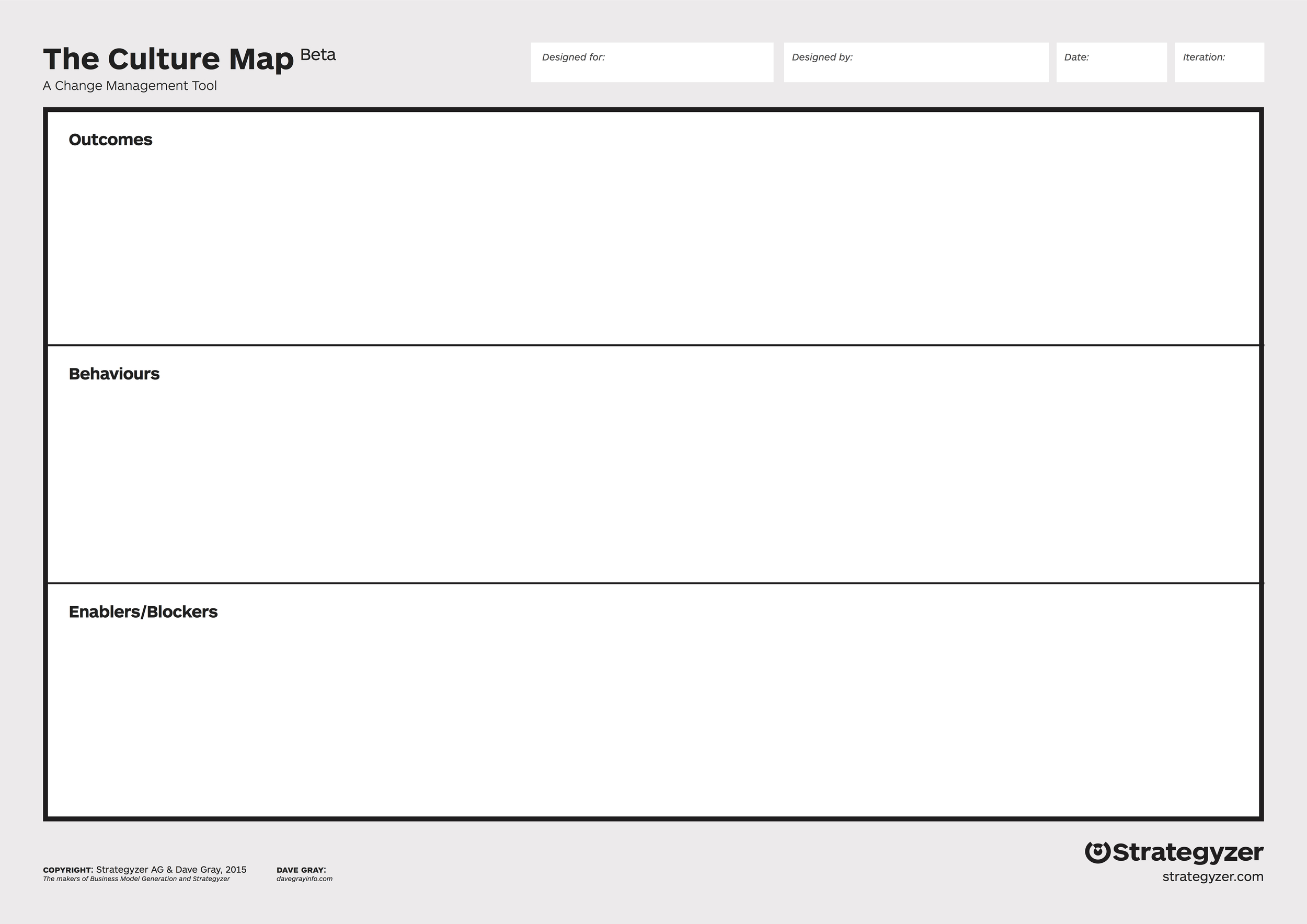Earlier this year, Gallup pointed out in a poll that 7/10 employees are not engaged or are actively disengaging at work. These people are not enjoying where they’re working and aren’t giving their best.
There’s something broken here: people are not doing their best work and that’s because of poor organizational cultures.
My hypothesis? Employees would be more engaged in the workplace if they were supported by better organizational cultures.
What is organizational culture?
Corporate culture: the values, beliefs, and behaviours practiced in an organization. Formed over time because they are rewarded or punished (i.e. by formal and informal rules, ritualis, and behaviours).
Recommended Read: 8 Concrete Tips On How To Intentionally Design Corporate Culture
Organizational culture is so important for engaging employees, yet for some reason we believe it’s something that can’t be easily influenced. Yes, the phrase can come off as a fuzzy term, and when you say you “want to design culture” in a company, the phrase can come off as something to suspect or impossible to accomplish. But if you have the right tools you can actually start designing culture. It won’t be entirely mechanical, but you can do it more actively than it’s done today.
Introducing The Culture Map
Dave Gray, author of The Connected Company, developed The Culture Map as a tool to design better performing companies. We collaborated with Dave to make The Culture Map a practical, simple, and visual tool.
The Culture Map was developed much like our other tools. You can use The Culture Map to map out an existing or desired state. You can use it to communicate your culture internally. The map can help design prototypes that can be tested. And finally, The Culture Map can help to develop a framework that can be eventually implemented and scaled.
I like to call The Culture Map a tool that focuses on employee development.
How does The Culture Map work?

Start by mapping behaviors: In this box you have to map out how your team acts or conducts itself within the company. What do you do or say? How do you interact? What patterns do you notice. Some examples: “Failing to identify expert team leaders” or “respond to customer support tickets in 12 hours or less”.
Next, map your outcomes: What are the concrete positive or negative consequences because of the behavior you’ve mapped out? An example: the behavior of failing to identify expert team leaders may be resulting in an outcome of “constant conflict” within your organization. In a positive situation, speedy customer support responses could result in “happy customers” within your organization.
Finish by mapping your enablers & blockers: This is where The Culture Map gets really interesting. In enablers and blockers you have to map out all of the things that lead to the positive or negative behaviors inside your company. What policies, actions, or rules are influencing employees behaviors, and ultimately influencing your company’s outcomes? Some examples of blockers: a poor bonus system or no budget for sticky notes. Some examples of enablers: smart management team or a well made metrics dashboard.
But what about “company values”? Where do they go?
I’m often asked about company values and where they belong within corporate culture.Core values are not lived if they are not designed into the organizational culture.
You have to have the right enablers to encourage the right behaviors to expect the right outcomes. I really do believe that you can’t just slap a list of phrases on the wall and expect your employees to enact and embrace them as values.
We believe that The Culture Map is one tool that can help to systematically and intentionally design great company culture.
How does this fit with our toolbox?
Most companies are characterized by an execution culture that is focused on implementing an existing business model. That works and that’s fine. It’s the building of innovation engines--a space where companies can discover their future--that is the challenging task to achieve.
We’re starting to build the tools and processes, but companies don’t yet know how to confidently create the right organizational culture for an innovation engine that can live alongside the execution engine.
Do you think we can design culture?
Download the Culture Map (.pdf) below.





